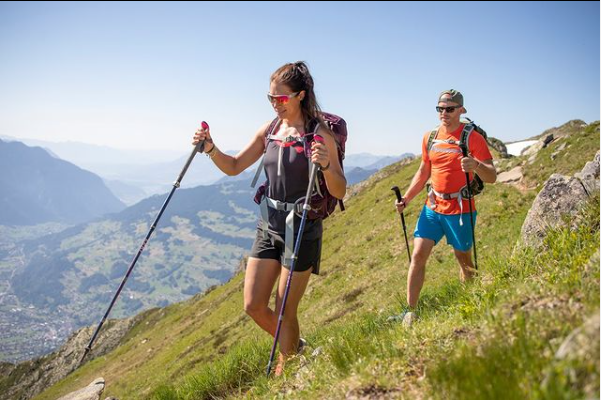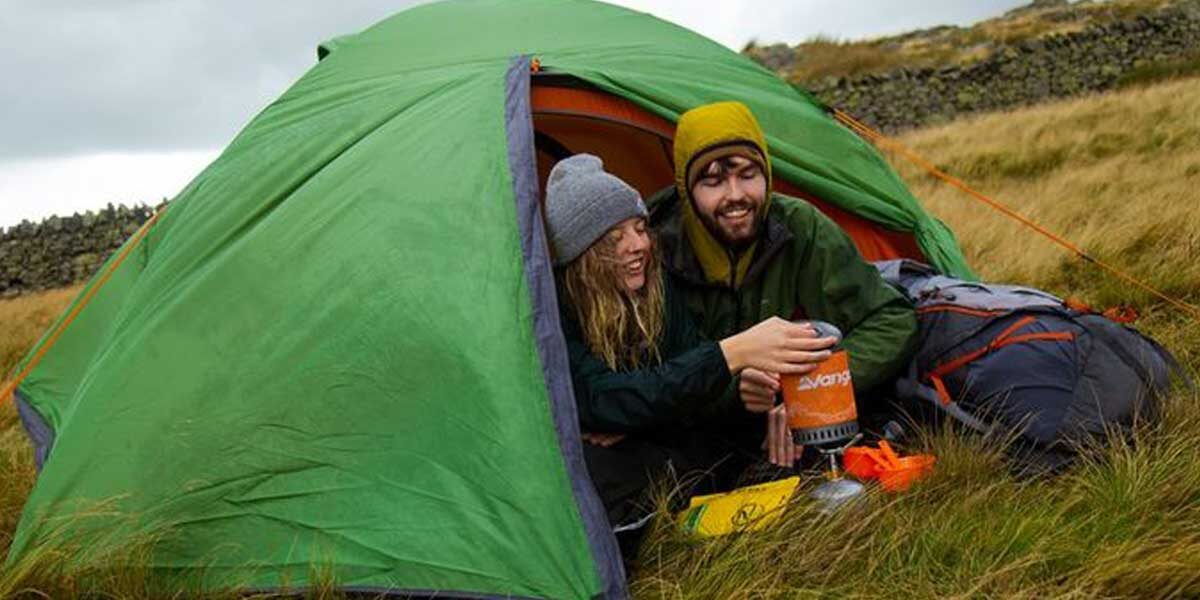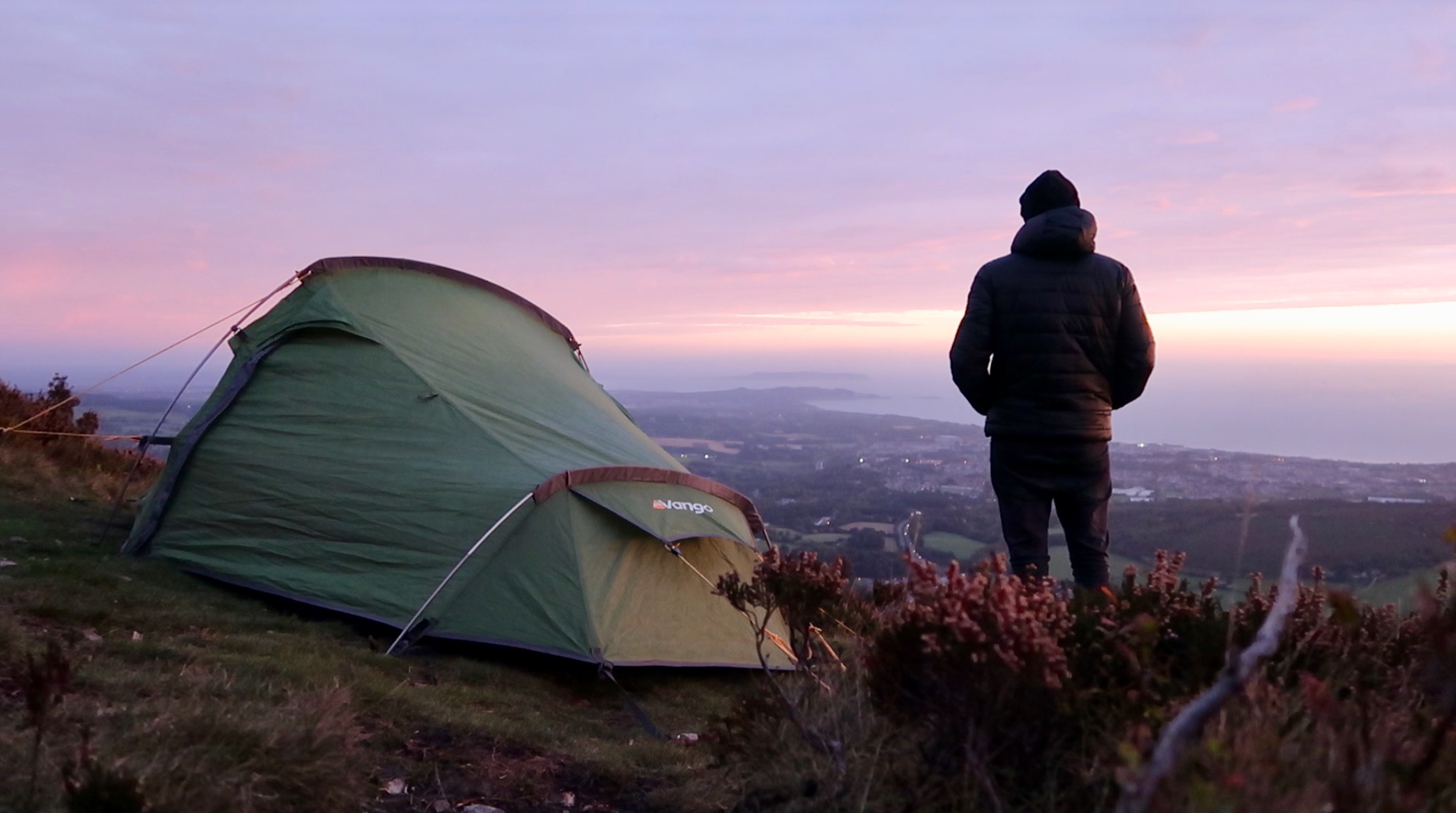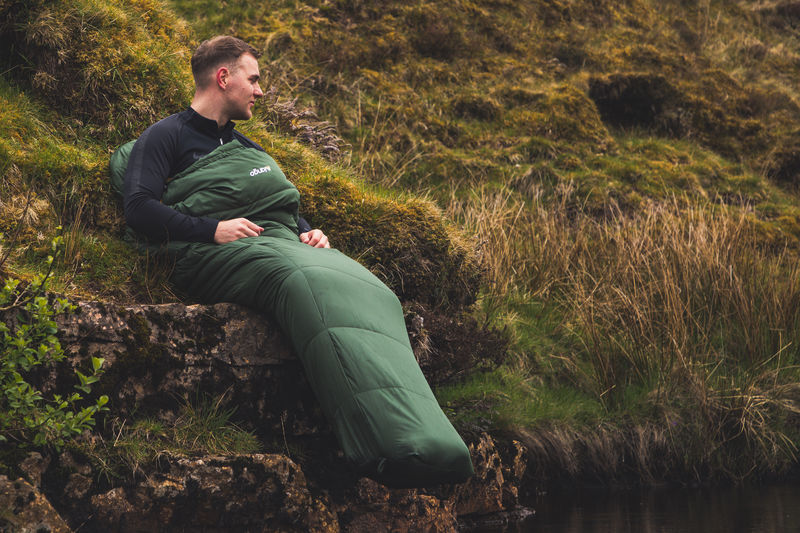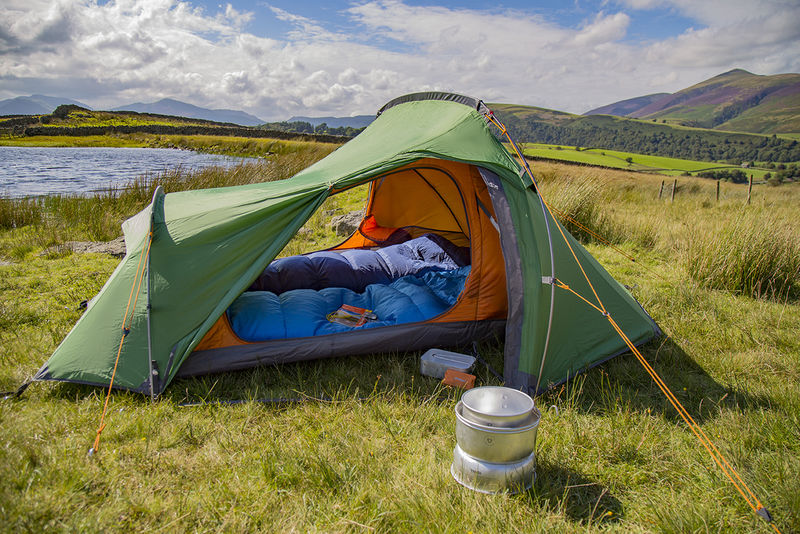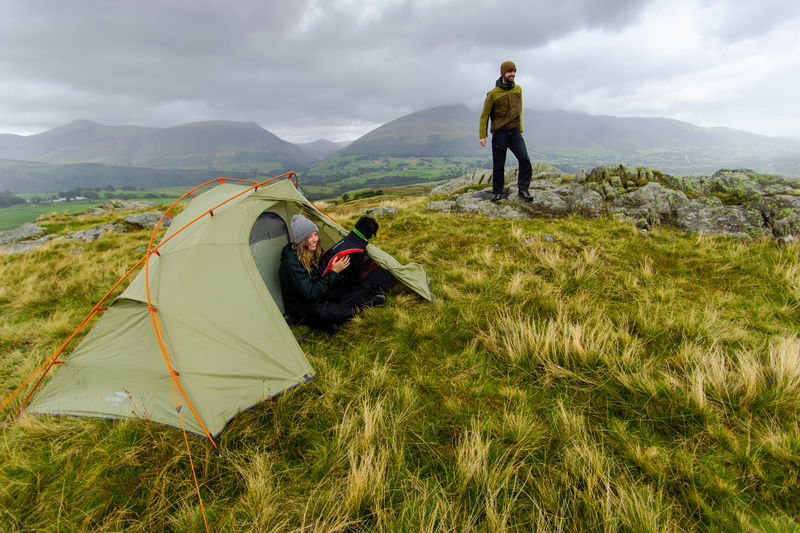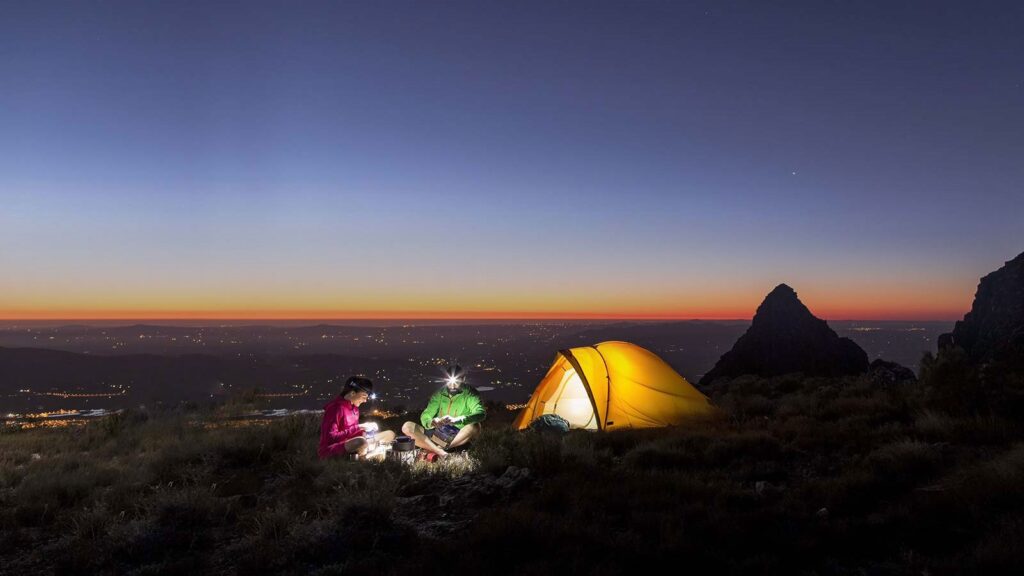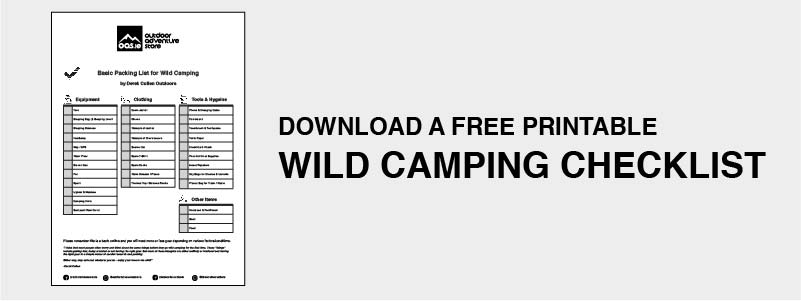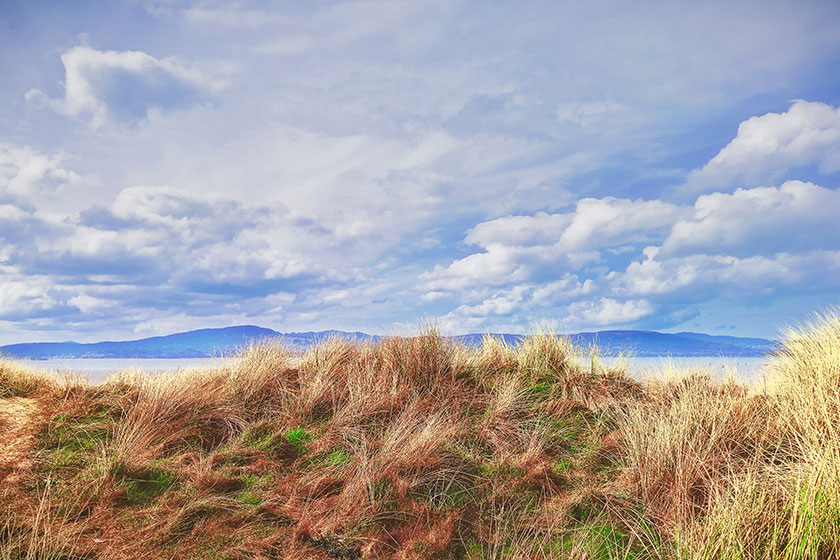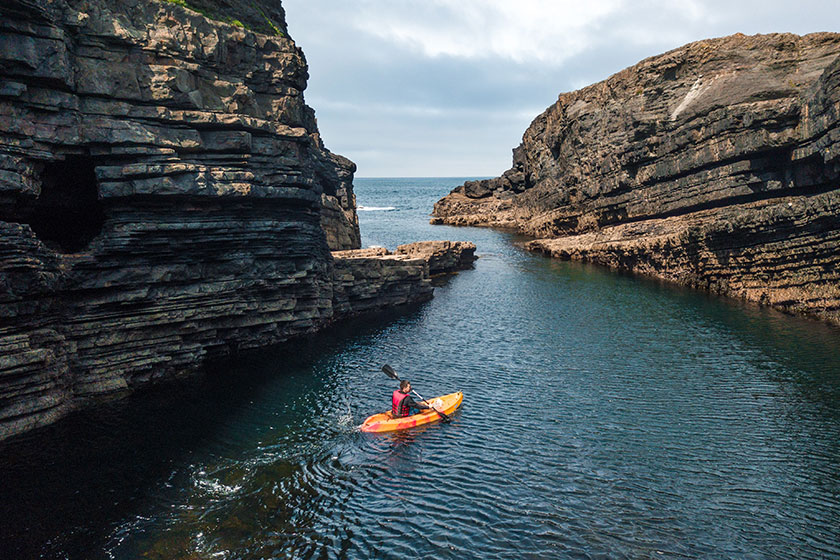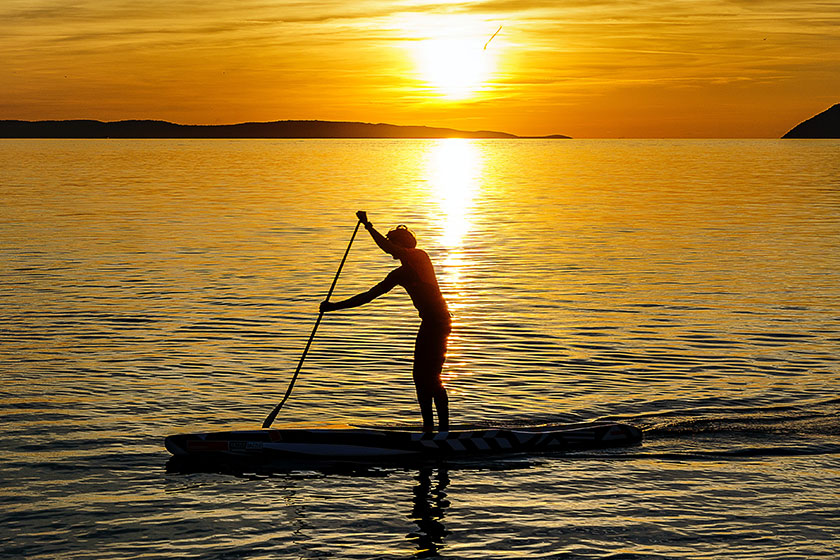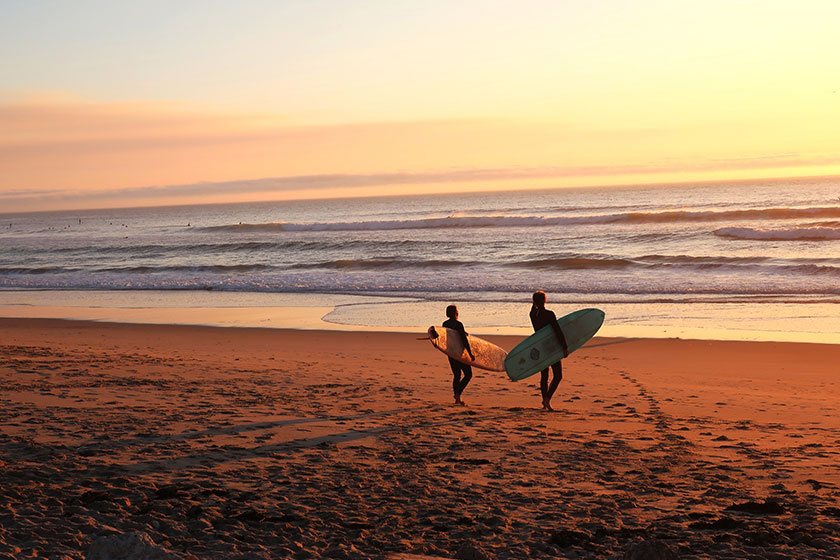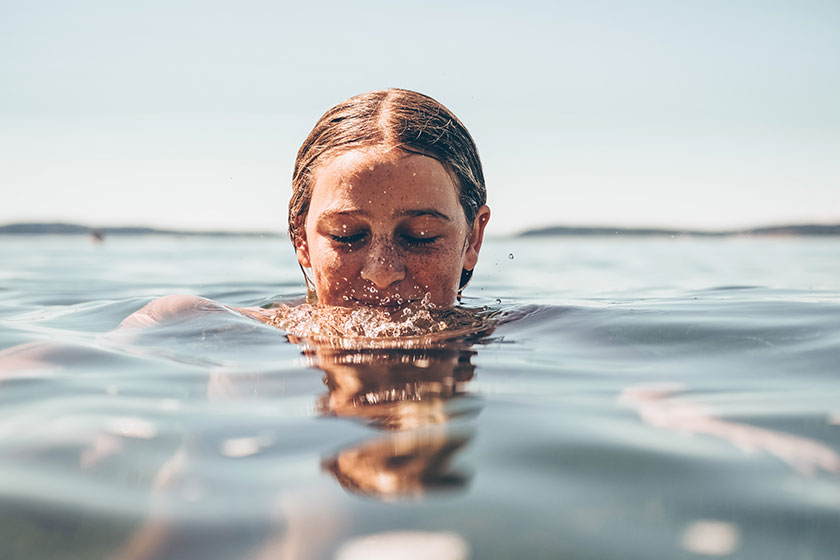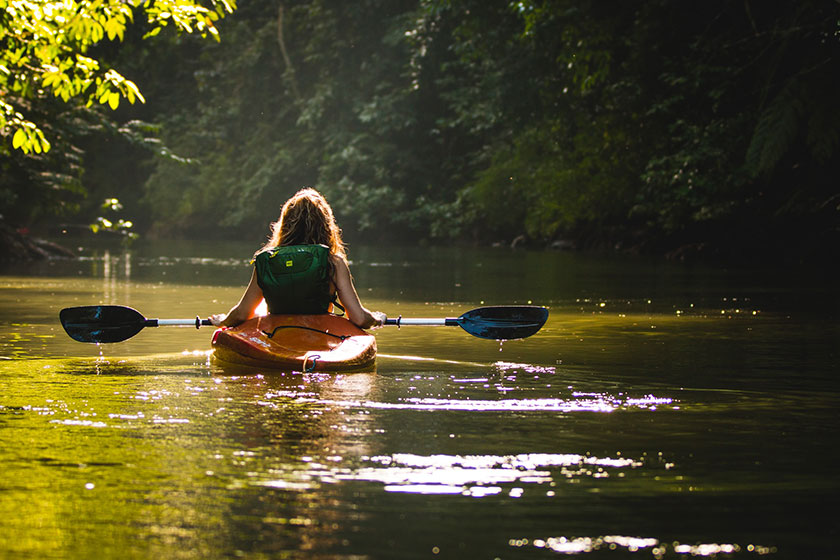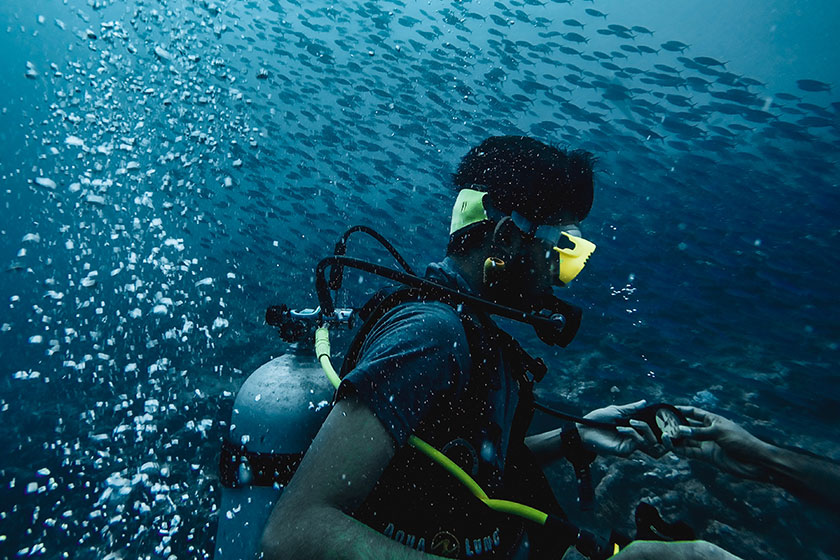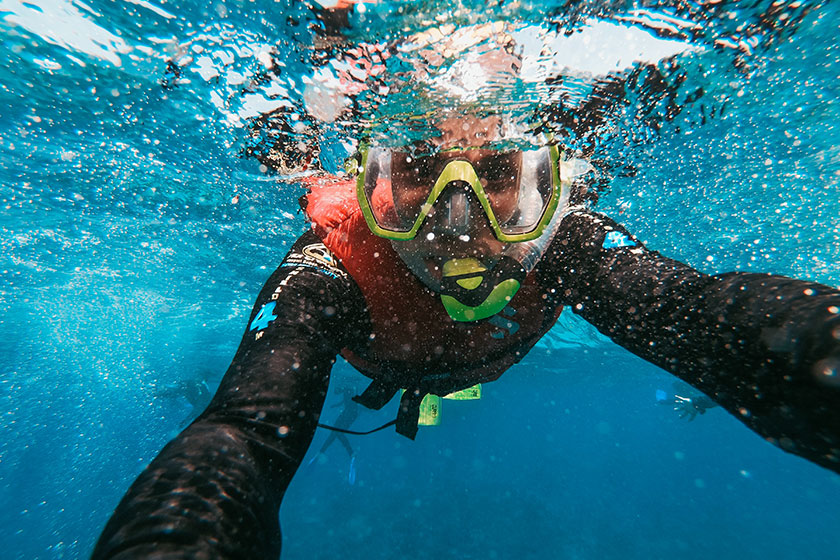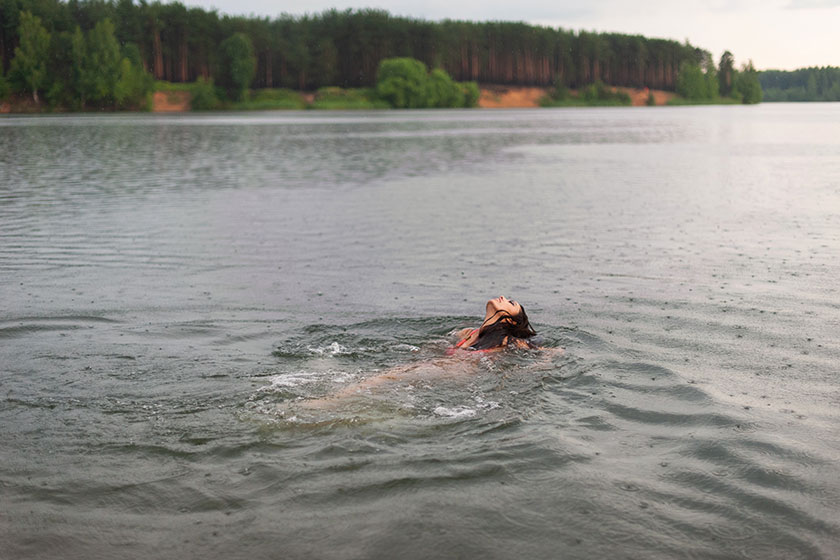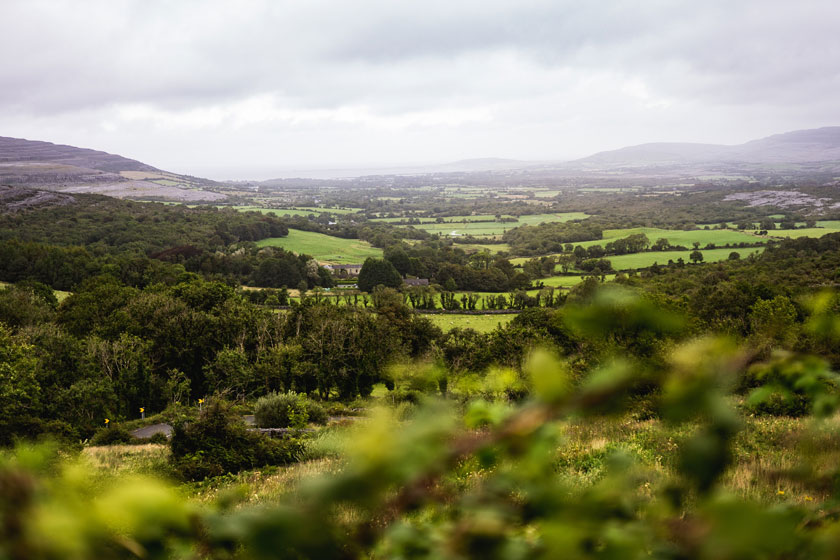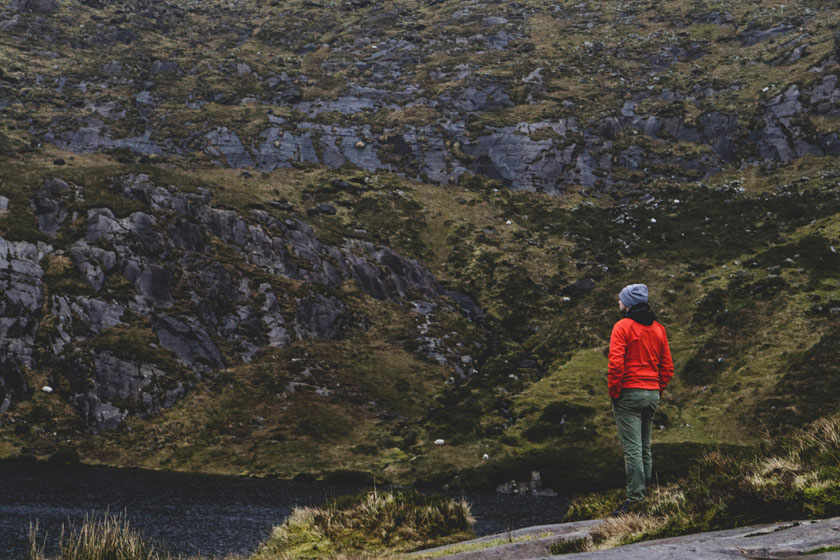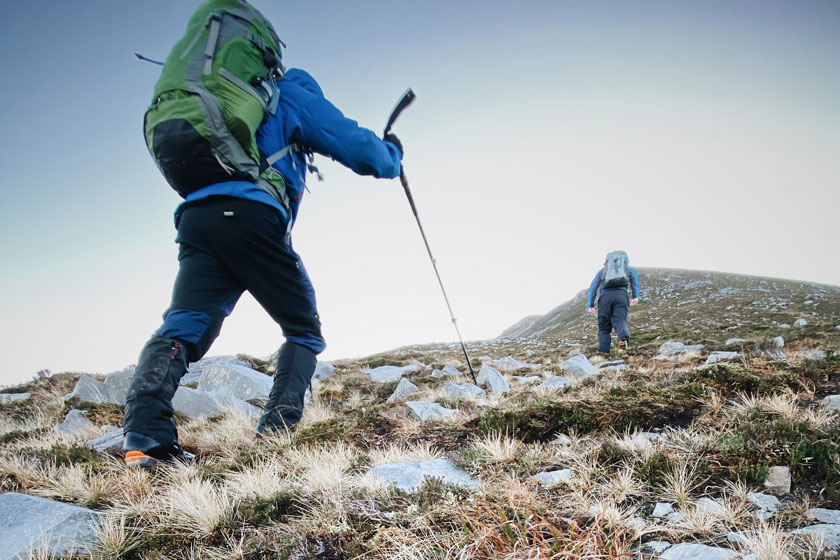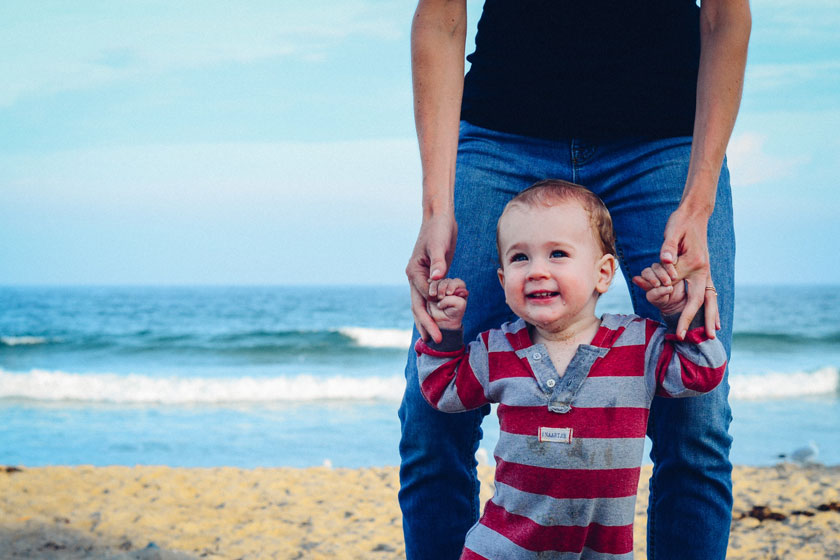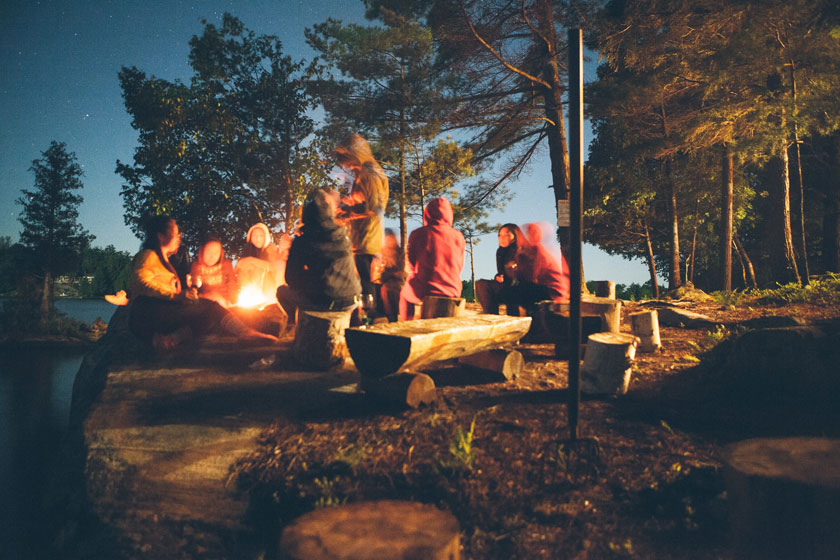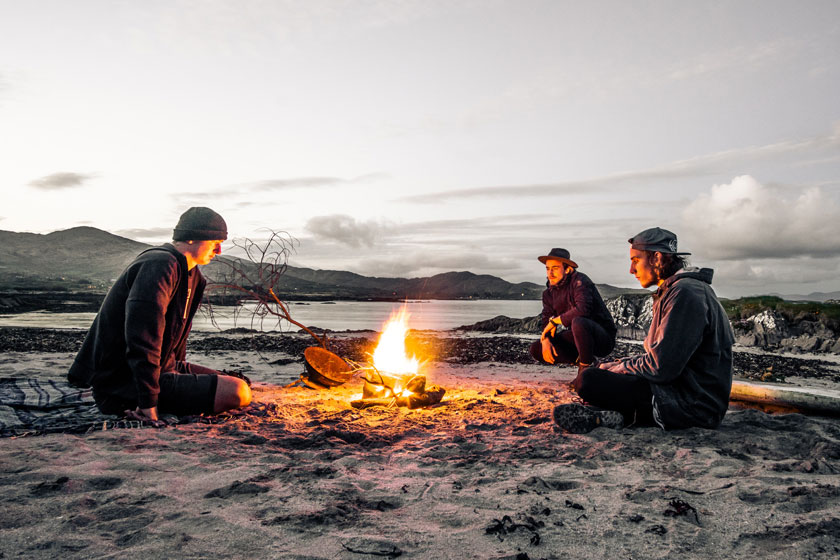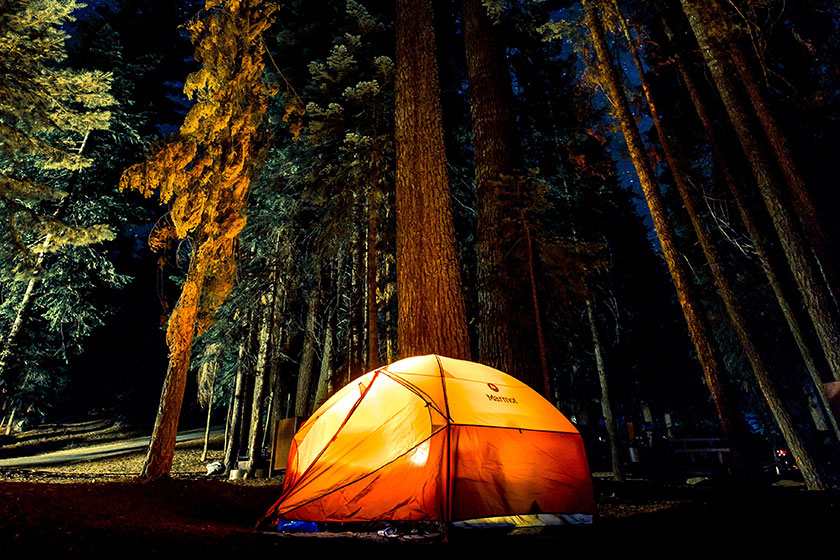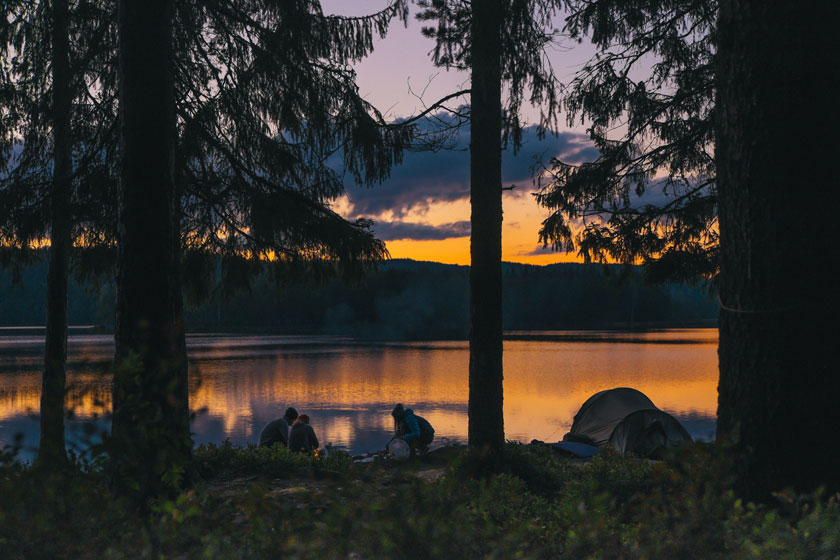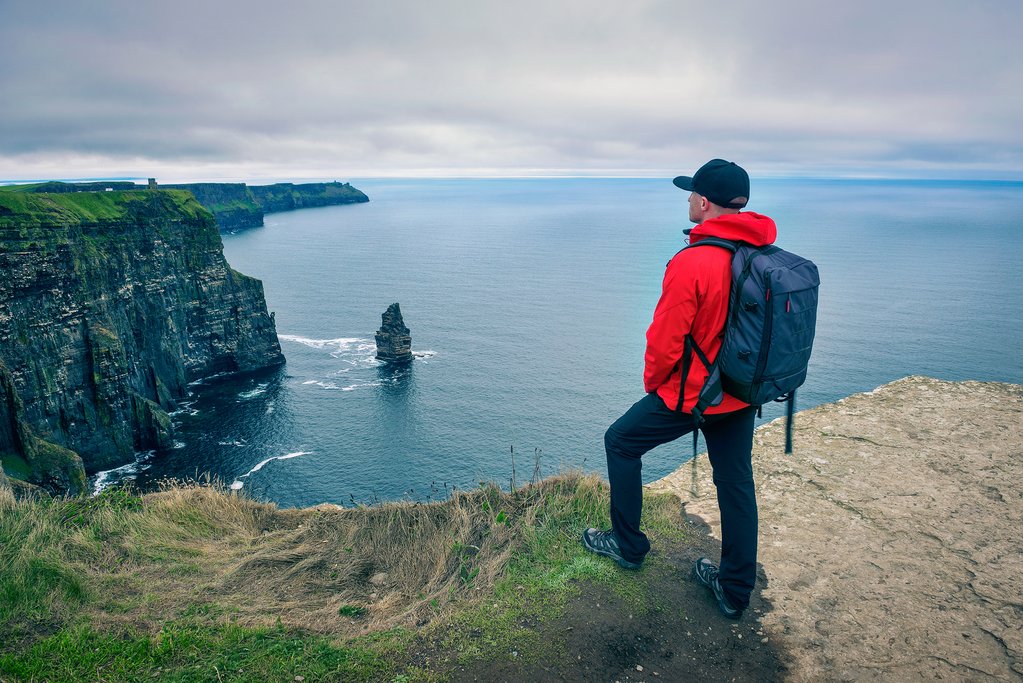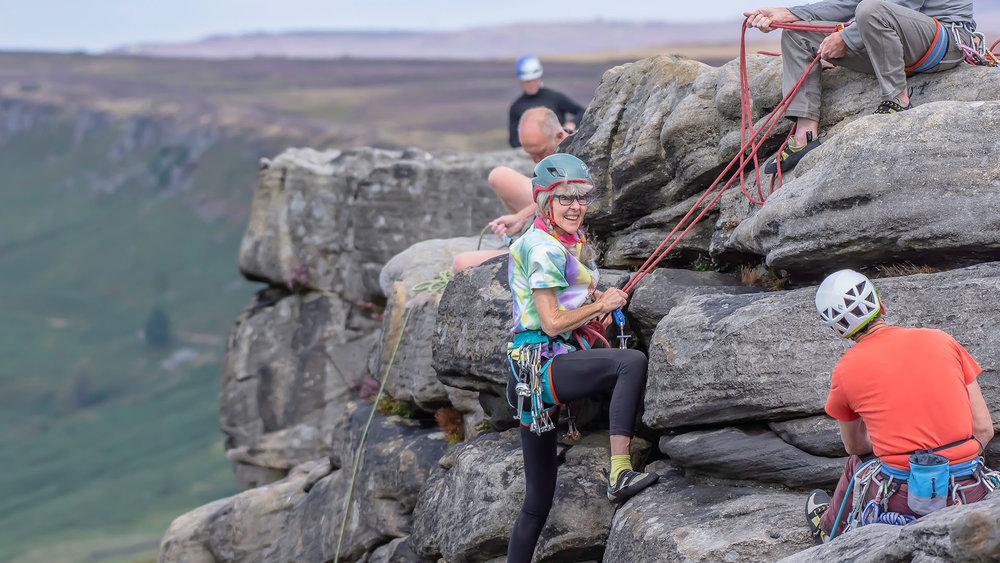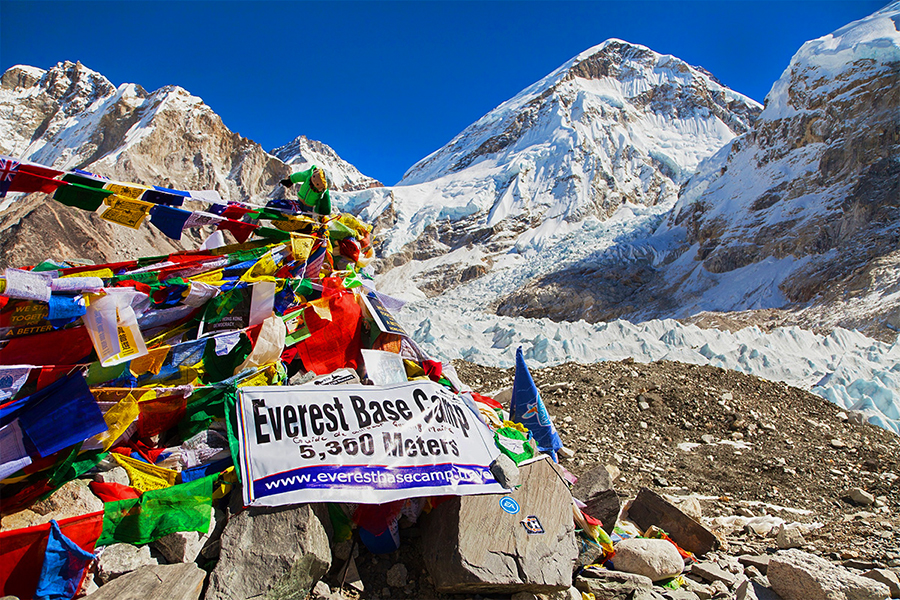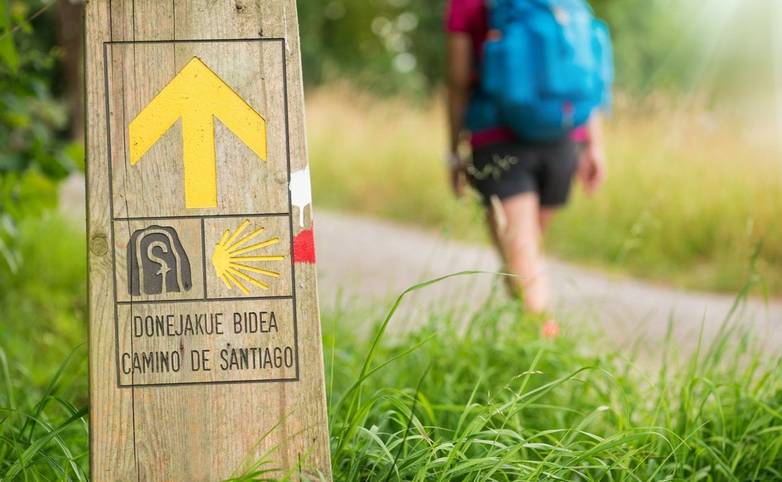I spend a lot of time thinking about the most useful hiking gear that doesn’t weigh a tonne. It helps when this gear is affordable. But more importantly, I try to focus on buying gear that I will actually use. What’s worse than carrying a heavy backpack, knowing that you don’t even use half of the items in it?
I’d like to share some budget hiking gear ideas that I’ve picked up from other hikers and first-hand experience.
10 Pieces of Budget Hiking Gear that You Will Actually Use
1. Affordable Pair of Hiking Poles for Better Balance
I’d never tried using walking poles until my hike on the Pacific Crest Trail a few years ago. In short, I stopped incurring injuries when I began using poles and found them incredibly helpful going up and down. I believe most of my fellow hikers felt this same way. Once you use hiking poles, it’s likely that you’ll take them on future hikes. Now, I’m not referring to a short 5km day hike but rather a longer multi-day hike. It’s true, they provide balance and stability on uneven terrain but hiking poles also take so much weight off your body – especially the knees.
Many sets of hiking poles can fold up and pack away easily and the weight is reasonable. I know that a lot of hikers like to splash out on expensive poles, usually made of carbon. I’ve stuck with the more affordable options and they’ve always served me well.
Which ones? Rock + River has this nice folding walking pole.

2. Lightweight Sit Mat for Comfortable Breaks
If you hike often, you’ll be familiar with this small but persistent dilemma that happens regularly – where to sit. It’s often wet or muddy in Ireland but mostly, outdoor terrain doesn’t really provide the kind of comfort you might hope for your rear end. I’ve tried sitting on my bag, folding my jacket and laying down a tarp – but it was always a hassle. I began using my foam sleeping mattress as a seat and this worked really well – until I stopped carrying one. A lightweight foam sit mat is a nice luxury without taking up space or getting in the way.

3. Soap Leaves for Hygiene on the Trail
Soap leaves are disposable and perfectly safe to use. This packaging is watertight and consists of fifty individual leaves. Each leaf has a fragrance and soap leaves are useful for international travel as they meet airport requirements. The ingredients are also more environmentally friendly than shower gels or shampoo, and the item is much lighter to carry. Either way, this is a nice small item that you can carry on a day hike. You can use it to wash your hands, feet or face in a freshwater river.
.jpg)
4. Mosquito Head-Net to Warn Off the Midges
My first wild camping adventure in Wicklow was almost my last due to the obscene number of midges. At that time, the only way to avoid these pests was to out-walk them or hide behind the mesh of my tent in the evening. It’s an awful thing to try cooking around midges or even just sitting down for a break. Some hikers swear by insect repellent but my mosquito head-net is the only item I find useful in this regard. You simply pull this netting down over your head/hat and midges are unable to land on every inch of your face which is the most frustrating thing about it. As for why else you should carry one? They weigh nothing and you won’t even notice this item in your backpack. In other words, there’s no reason not to carry one!

5. Backpack Cover to Rainproof Your Gear
I’m always amazed when I see people hiking in the rain without a backpack cover. Once again, this item packs down really small and doesn’t weigh very much. I keep mentioning weight in this article but as you know, weight is everything on the trail! More importantly, even if your backpack is water-resistant, a rain cover will provide a lot more protection during periods of heavy rain. An example of great backpacks are Trespass backpacks. You can also place this cover over your bag at camp or when stopped for a break. But make sure to choose the right size cover for your backpack. Sizing is very specific to ensure a decent fit for the bag.

6. Bum Bag instead of a Backpack
I carry a lot less gear on my trips nowadays which is why I recently downsized to a smaller backpack (Osprey Farpoint). However, even this backpack is a bit much for a day hike. A nice in-between option is to wear a bum bag. This can offer as much as 5 litres in terms of space which is quite a lot. Believe it or not, bum bags are all the rage in America. In recent years, hikers find these tiny bags a lot more practical than carrying a small backpack. After all, you can quickly access items without having to stop and take off a backpack. These bags are ultralight and Trespass’ Vasp 5 Bum bag is just 0.18kg and comes with a bottle, too!

7. Affordable Hydration Bladder for Hot Days and Convenience
I use my hydration bladder on every hike but it’s always in my backpack. Carrying these bladders also beats using disposable water bottles on every trip. A hydration bladder is made from very durable material and the wide opening makes it easy to fill. They roll up really small when they’re not being used and you can attach a tube for easy access while hiking. This last bit can be so useful when hiking on a hot day. It saves you from having to take out your water bottle every few minutes in order to stay hydrated. Finally, if you intend on filtering your water outdoors, a hydration bladder is a lot more practical to use.
Which one? Check out the Flexible Water Bottle by Platypus or this affordable 2L hydration bladder.

8. Mac in a Sack Overtrousers for Rainy Days
I first bought Mac in a Sac when I lost my usual pair of waterproof trousers. I was sure the originals would show up and didn’t want to spend much on a temporary replacement. However, I’ve actually continued to carry these lightweight rainpants by choice. I like how they strike a balance between size and utility.
These trousers are compact and have an elasticated waistband that makes them easy to put on quickly. The seams are taped which maintains the waterproofing and my favourite thing about them? They feel light and breathable at all times. While the Mac in a Sac Overtrousers is not ideal for extreme weather, they are handy for a rainy day!

9. Safety and Emergency Items That are Too Light not to Carry
Thankfully, many emergency-type items are rather small. A first aid kit is a necessity that you should always carry on a multi-day hike. There is a different size for each occasion including this compact first aid kit. While a poncho might not be considered an emergency item, this ultralight piece of gear is a backup for a rain jacket. Also, I sometimes use a poncho to cover my backpack in extreme weather. It’s really just another case of the item being too small, lightweight and useful not to carry.
One more item that always finds a place in my backpack is an emergency blanket. This “space blanket” actually saved me one night when all of my gear got wet in a storm. I used one of these blankets to heat myself up and stay warm.

10. 1000 Mile Socks for Socks that Will Actually Last
I used up four pairs of 1000 Mile socks on my 3,000km walk around Ireland a couple of years ago. They would have lasted a bit longer, I’m sure. I was happy to replace them at the halfway point in order to have a “fresh pair of socks”. The point is, 1000 Mile socks are both durable and comfortable. They lived up to their lofty claims on the above-mentioned trip. With this in mind, these hiking socks offer amazing value to anyone that goes for regular hikes/walks – whether that be on a trail or not. You can also get two pairs as part of this Trail Sock Twin Pack by 1000 Mile.



